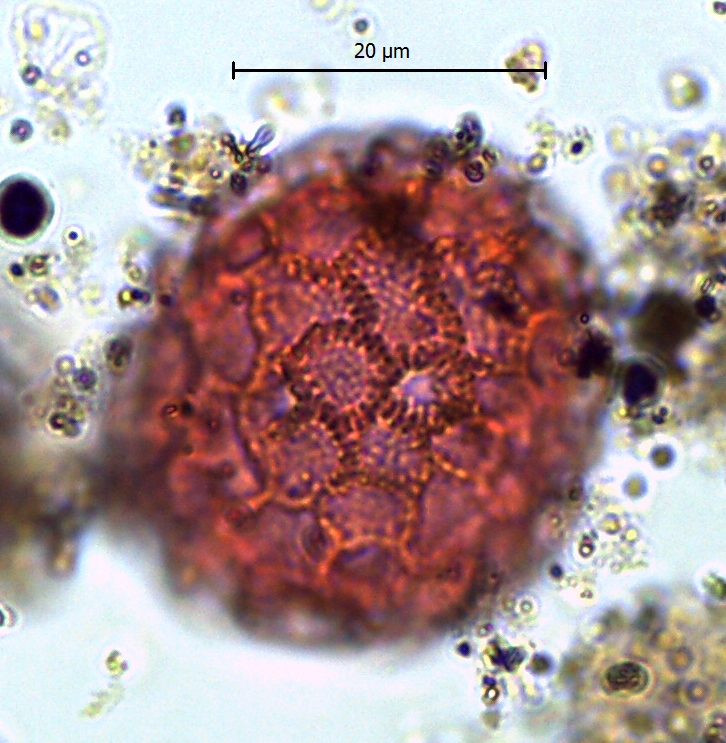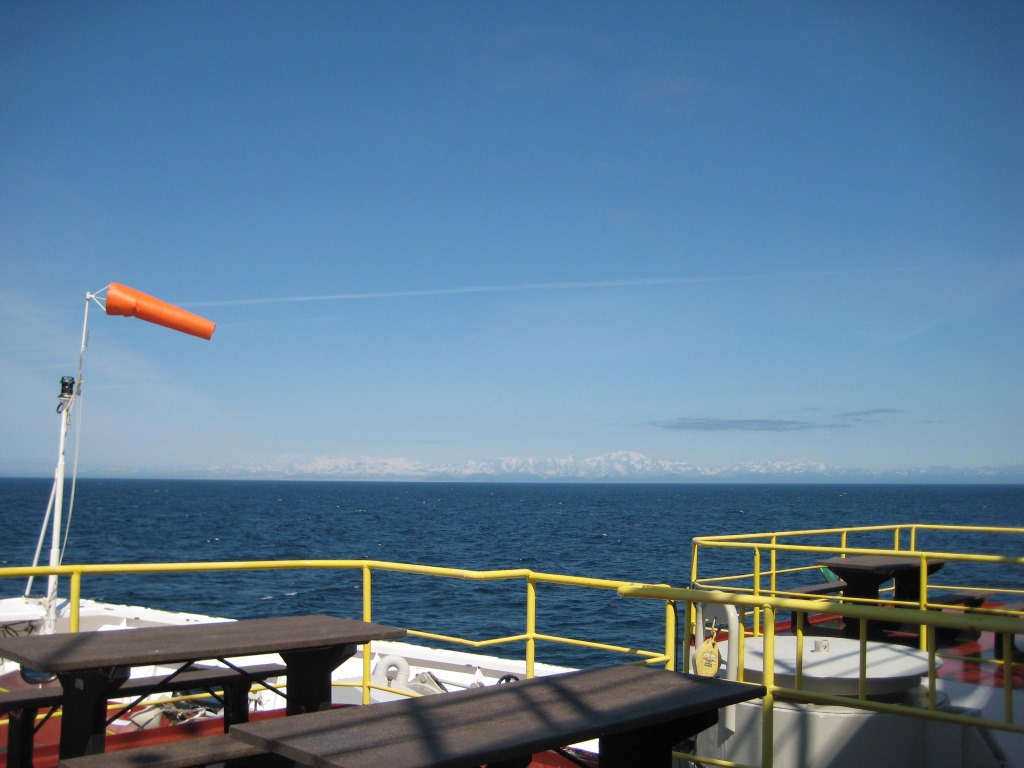- Home
- Science Introduction
- Former Initiatives and Working Groups
- PlioVAR Scientific Goals
PlioVAR scientific goals
PlioVAR aimed to co-ordinate a synthesis of terrestrial and marine data to characterise the spatial and temporal variability of Pliocene climate.
Key aims

Building on key priorities identified by the community at the PAGES-sponsored workshop, Multi-proxy approach to the reconstruction of the Pliocene climate, held in Barcelona in September 2014, PlioVAR identified three over-arching goals:
1. Synthesize late Pliocene climate data with orbital and sub-orbital scale resolution. Specifically, we will tackle two key climate transitions which have known forcings and known chronostratigraphic uncertainty, and which are best constrained with respect to data density: marine isotope stages M2-KM3 (glacial to interglacial transition) and the onset of northern hemisphere glaciation.
2. Examine the tools and experimental design of new climate modeling studies to characterise Pliocene climate variability, including transient model simulations.
3. Identify early Pliocene intervals to which the approaches of (1) and (2) can be applied in the future, to compare and contrast the long-term evolution of Pliocene climate and consider the role of ocean gateways and CO2 forcing in the evolution of the Earth system.
Objectives
PlioVAR planned to:
- Create a database of late Pliocene marine and terrestrial data, which enables regional and global syntheses of spatial and temporal climate variability.
- Co-ordinate efforts to address missing data e.g. initiate projects to generate new/better resolved data.
- Evaluate chronostratigraphic tools and their constraints, and recommend protocols on stratigraphic reporting for database meta-data.
- Quantify and compare uncertainties in proxies, and develop methods for assigning and reporting confidence in proxy records for database meta-data.
- Quantify late Pliocene climate variability over time through data synthesis, modeling experiments, and data-model integration.
- Assess regional expressions of late Pliocene climate variability through data synthesis, modeling experiments, and data-model integration.
- Identify future targets to apply these approaches to the early Pliocene
Workplan and outputs
PlioVAR worked through the above objectives, facilitated by targeted workshops of variable size detailed below. Regular meetings of the working group were facilitated by specific sessions at international conferences (e.g. AGU, EGU).
Working group discussion: Review of Pliocene chronostratigraphy tools for both marine and terrestrial archives. White Paper to be circulated for online discussion in spring 2016.
Product: Protocol for stratigraphy standards and approaches, and agreed reporting procedure for stratigraphic methods in database.
Workshop 1: Numerical modeling experiment design (March 2016). Assess the role of equilibrium and transient experiments; explore introduction of new earth system components; assess PlioMIP intercomparison approaches and findings.
Product: Creation and implementation of numerical model experiments.
Workshop 2: Review of late Pliocene data availability and proxy uncertainties for both marine and terrestrial archives (Dates TBC). Multi-proxy and multi-variable data sets to be explored.
Product: Creation and initial population of a data base; agreed reporting procedure for proxy methods in database; white paper on state of Pliocene data and future priorities/plans.
Open Conference: ‘How variable was late Pliocene climate?’ (synthesis; spring/summer 2018 TBC).
Key targets:
(1) assessment of late Pliocene interglacial variability over orbital timescales, and differences on a synoptic scale (quantification of variability; regional maps of reconstructed climate;
(2) assessment of glacial to interglacial variability, also on a synoptic scale;
(3) time-series comparison of data and transient model output to investigate temporal signals of late Pliocene climate evolution;
(4) time-slice comparisons of data and transient model outputs for late Pliocene interglacials to investigate role of forcings.
Products: Active data-base detailing multi-proxy records of Pliocene climate; publications detailing syntheses of Pliocene interglacial variability (regional and global), glacial-interglacial transitions, and data-model intercomparison for time slices.
